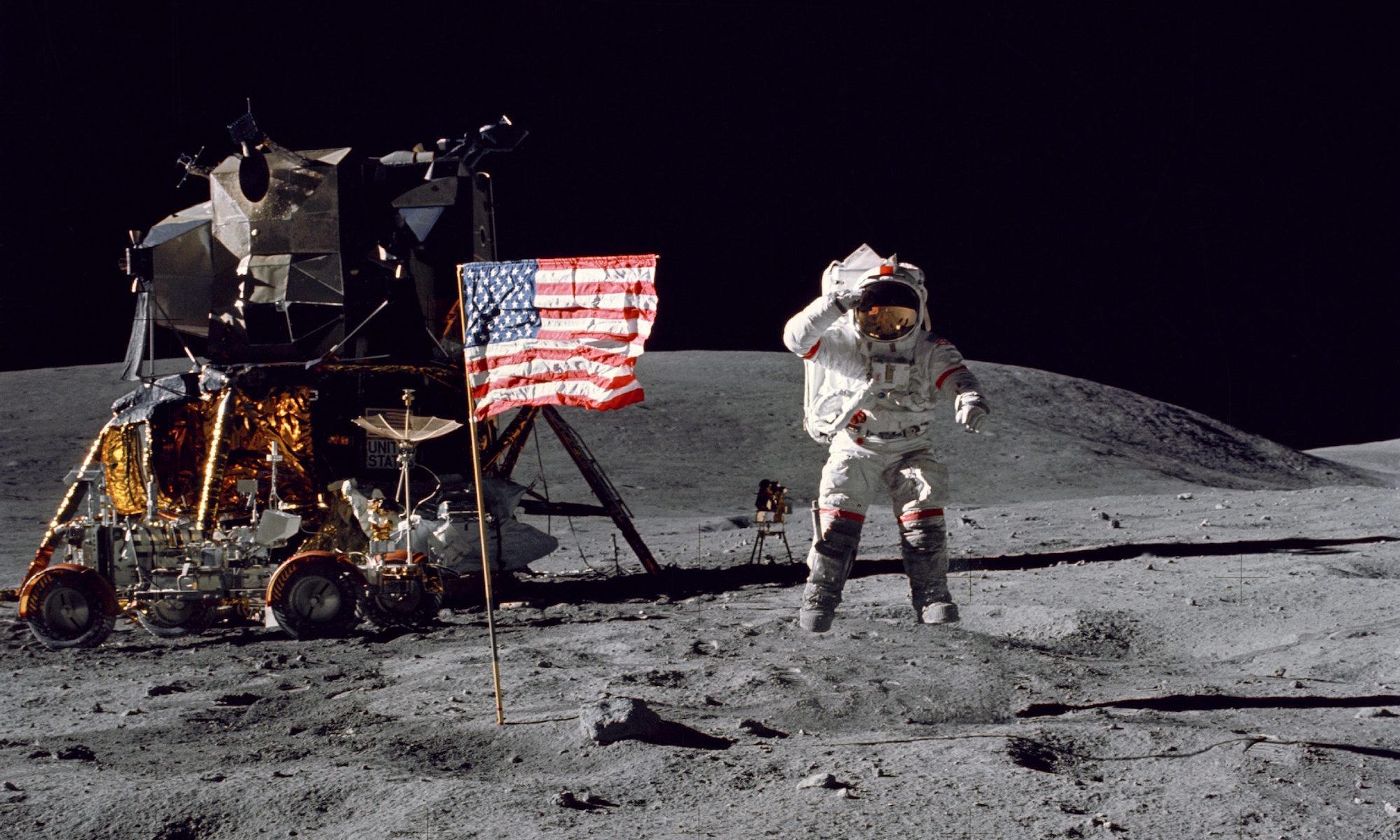Originally published 14 December 2016 but lost in the Great Server Mistake of 2017.
Attention Conservation Notice: Robin Hanson has written a provocative book illuminating the contributions social science can make to understanding the future, even if the details are (amply) debatable.
What will the future look like? Social scientists pay a great deal less attention to this question than they should. There are departments of History, but no departments of Future–nor even a great number of academics whose primary research program explores the future.
There are good reasons for this. All of our evidence about how humans and human societies behave exists in the past (yes, literally all of it). The future, by contrast, may not even occur. Theorizing about the future, then, appears from one direction to look like nothing so much as a modern version of medieval Scholasticism–or, as the demotic version goes, like playing tennis without a net.
But the optimal level of effort to be invested in thinking seriously about the future is not zero, or close to zero. Indeed, it’s interesting that businesses and governments are more likely, not less, to invest resources in trying to estimate at least the parameters within which the near future will take place — for instance, as reflected in the US intelligence community’s Global Trends reports or Bill Gates’s now-forgotten The Road Ahead. More to the point, even though all of our evidence comes from the past, none of us will live there–and (almost) all of us will live in the future.
Robin Hanson’s Age of Em represents a significant intervention in debates about what kind of futures to envision, how to envision those futures, and why we should do so in the first place. Hanson’s future concerns a post-human society within the next 100 to 1,000 years in which whole-brain-scanned humans exist as emulations (or “ems”) within a joint virtual-physical world. Within this civilization, the limits of physics trump the limits of biological life, and ems are able to work and live in a population that expands at rates closer to insects or bacteria than to homo sapiens. As a consequence, the GDP of em-world increases rapidly—doubling every month or so—even as the population heads towards the trillions and wage rates plummet toward subsistence (which, Hanson notes, is the historical regularity within human societies over time and for most life-forms generally).









 Originally published 17 October 2016 but lost in the Great Server Mistake of 2017.
Originally published 17 October 2016 but lost in the Great Server Mistake of 2017. Originally published 7 August 2016, but lost in the Great Server Mistake of 2017. I’m reposting here.
Originally published 7 August 2016, but lost in the Great Server Mistake of 2017. I’m reposting here.